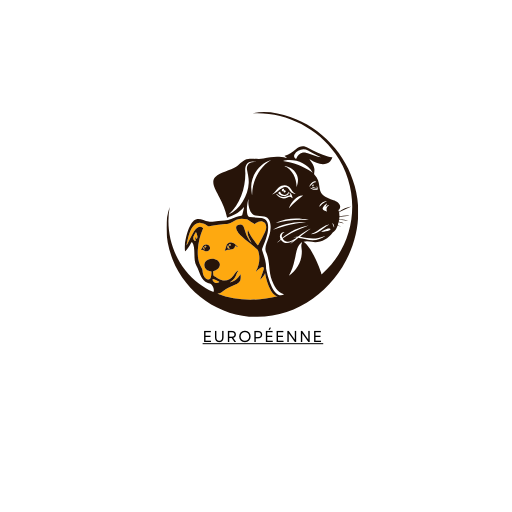We'll provide you with everything you need to help your dog adapt better to this period and prepare together for the return.
Signs of sadness in dogs:
Our furry friends are sensitive to changes and love routines. After long days in the company of their owners, suddenly finding themselves alone can cause separation anxiety in dogs.
Although this is often temporary in our pets, some more sensitive dogs may develop additional symptoms. Such as slight loss of appetite, lack of energy, crying, furniture destruction, and urinating in inappropriate places...
If your dog misbehaves or shows disobedience, it's important not to punish them but rather try to act by doing what's necessary to help them manage this period gently.
What can I do to lift my dog's spirits?
Engage with them regularly for play and cuddles.
When you return from work, take them for a long walk in a place you're not used to going to, which may be unfamiliar to your dog.
Introduce them to other dogs.
Offer them activities like learning new tricks, which will help strengthen your relationship and stimulate your dog mentally.
However, it's important that your dog also learns to be alone at home.
Teaching your dog to be alone:
Plan your return from vacation by reinstating your daily routine with your dog.
If you took your dog everywhere with you during your vacation, don't take them with you repeatedly. You can gradually reduce the time for walks to return to your usual walking time.
In parallel, start leaving them alone at home for a few minutes, gradually increasing the duration of your absences.
When you leave, provide your dog with an entertainment toy (like a Kong that you can stuff, for example). This will mentally stimulate them and divert their attention to prevent them from feeling anxious in your absence.
However, avoid associating this toy with your departure regularly by giving it to them occasionally when you're with them at home.
To prevent your dog from anticipating your departure, also make sure to eliminate any "goodbye" rituals. Simple gestures like taking your keys or putting on your coat can be triggers for your dog and put them in a state of anxiety.
Repeat these actions daily without them being followed by departure to change these routines. Also, change the order of these actions daily. Gradually, these actions will become normal for your dog, and they won't associate them with your departure.
By incorporating additional training methods into your routine, you can help your dog build confidence and resilience, making the transition back to school or work smoother for both of you. If you're unsure about how to proceed or if your dog's anxiety persists, don't hesitate to seek guidance from a professional trainer or behaviorist. They can provide personalized advice and support to address your dog's specific needs.

